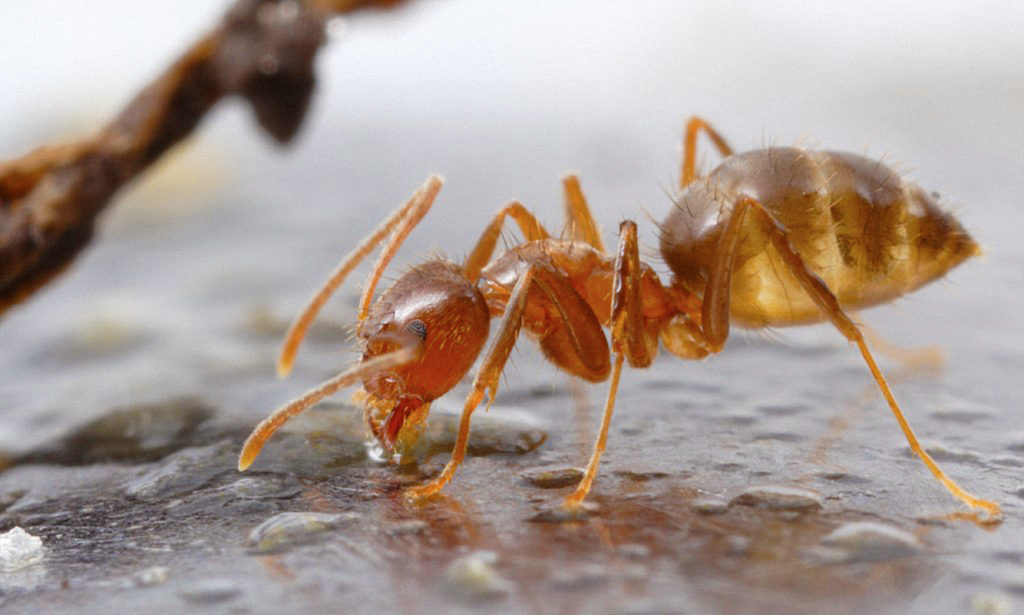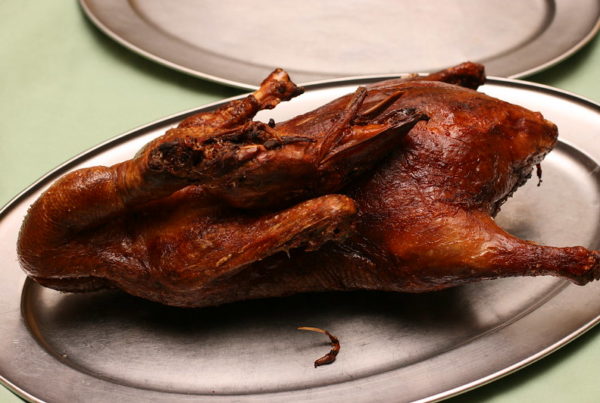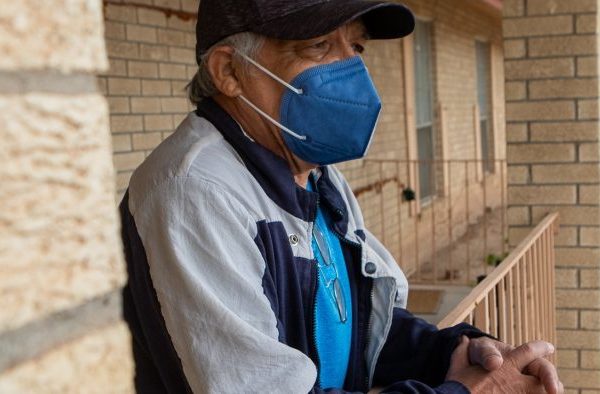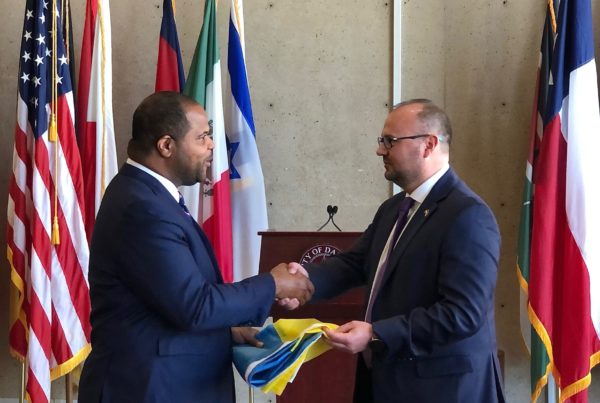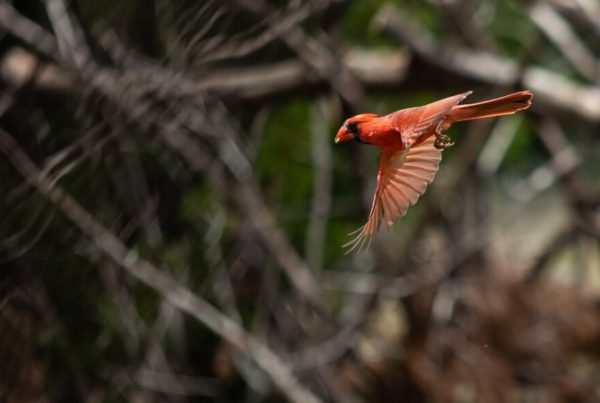University of Texas at Austin researchers are so confident in their method of reducing the invasive ant population that they’re calling it “kryptonite” for crazy ants.
But for homeowners hoping this is the answer to their problems, unfortunately, it’s probably not.
Edward LeBrun is a research scientist based at the University of Texas at Austin’s Brackenridge Field Laboratory. He says even though the solution they’ve found is highly effective, it’s – at least so far – it’s much too difficult to replicate at home.
LeBrun and his colleagues discovered a naturally occurring fungal pathogen in a wild population of crazy ants. They found the pathogen slowly declined or even eliminated every crazy ant population in which they introduced it.
For more on how the pathogen works and why there’s no clear at-home use right now, listen in the player above or read the highlights of the interview below.
They discovered that a virus-like spore destroys the ants
When ants ingest what’s called microsporidia, the fungal-like spores replicate similar to a virus, LeBrun says, and infiltrate the ants’ cells. When the spores replicate inside those cells, they make the ant appear fat.
“What it does to them physiologically over time is it shortens the lifespan of the worker ants, and it also reduces the success of larvae in developing in the colony to become adult,” LeBrun said.
But transmitting the microsporidia is complicated
LeBrun says the only way to transmit it to healthy ants right now is by introducing them to ants already infected with spores. The good news is that LeBrun and his team have only found microsporidia in crazy ant populations, which means by introducing sick populations into healthy ones, they’re merely speeding up an existing process in nature, without affecting other ant species.
He doesn’t expect a commercial way of treating ant populations with microsporidia to become available any time soon.
Scientists tested their hypothesis in Weslaco
Crazy ants had infested a South Texas state park, and had diminished native insect populations like scorpions, as well as lizards and snakes. But two years after introducing ants infected with microsporidia, the crazy ant population at the park disappeared.
“The ants were locally extinct. They were, we just couldn’t find them in the environment anymore,” LeBrun said.
But this won’t be the end of invasive crazy ants, at least not yet
LeBrun says it would be difficult to scale up what he calls “inoculations” of microsporidia. But he says scientists can target specific areas in need of inoculation, including parks with large numbers of visitors or where other species have been significantly affected by the ants.


